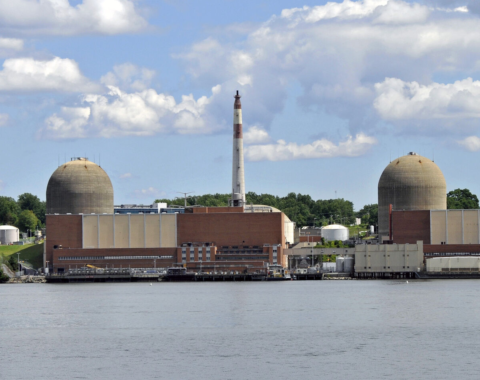According to the EIA (U.S Energy Information Administration), over the next two years, it is expected that 78 GW of new electricity generation capacity will be added to the nation’s grids, and they expect 62% (~49 GW) to come from large-scale solar with some of these projects coupled with battery energy storage (~6 GW).
Part of that capacity is expected to be eligible for the federal Investment Tax Credit, which was extended to 26% for this year and 2022. It will fall to 22% for projects in the 2023 timeframe, before dropping to 10% in 2024 and subsequently phasing down.
EIA said 1.5 GW of battery storage was installed in 2020, and they estimate 4.5 GW was installed in 2021. The agency credits lower prices for batteries, along with the favorable economics of storage when deployed along with solar power, for much of that growth. The EIA also said solar-plus-storage is adding value as it provides grid flexibility and provides more resilience for electricity producers.
Storage technologies are expected to continue to experience significant improvements in both their economics and in their longer-term usability, beyond load shifting. In addition, the improvements in solar equipment are improving efficiency and project economics with faster construction and better maintenance.
Three states – California, Texas, and New York – will account for about half of the expected 49 GW of new solar-plus-storage projects over the next two years; California with 11 GW, Texas with 10 GW, and New York with 4 GW.
Wind power installations are expected to add ~11 GW of new generation capacity over the next two years, which is a considerable decrease from the prior two years. The agency expects natural gas generation will account for 16 GW of new capacity.
Although the U.S. is not adding new coal-fired generation capacity, their electrical contribution was 22% greater in 2021 versus 2020 – due to the higher prices for natural gas that spurred electrical suppliers to bring on more coal-fired generation. This marks the first year since 2014 with a year-over-year jump in coal-fired generation.



